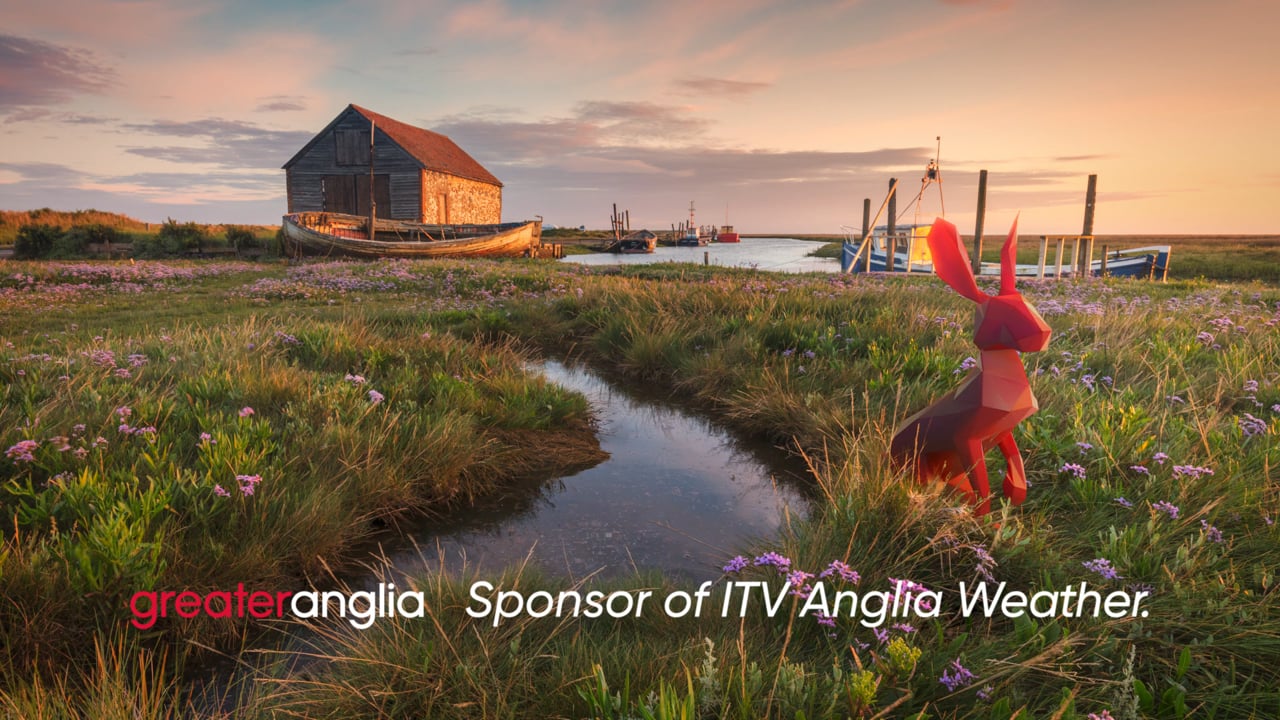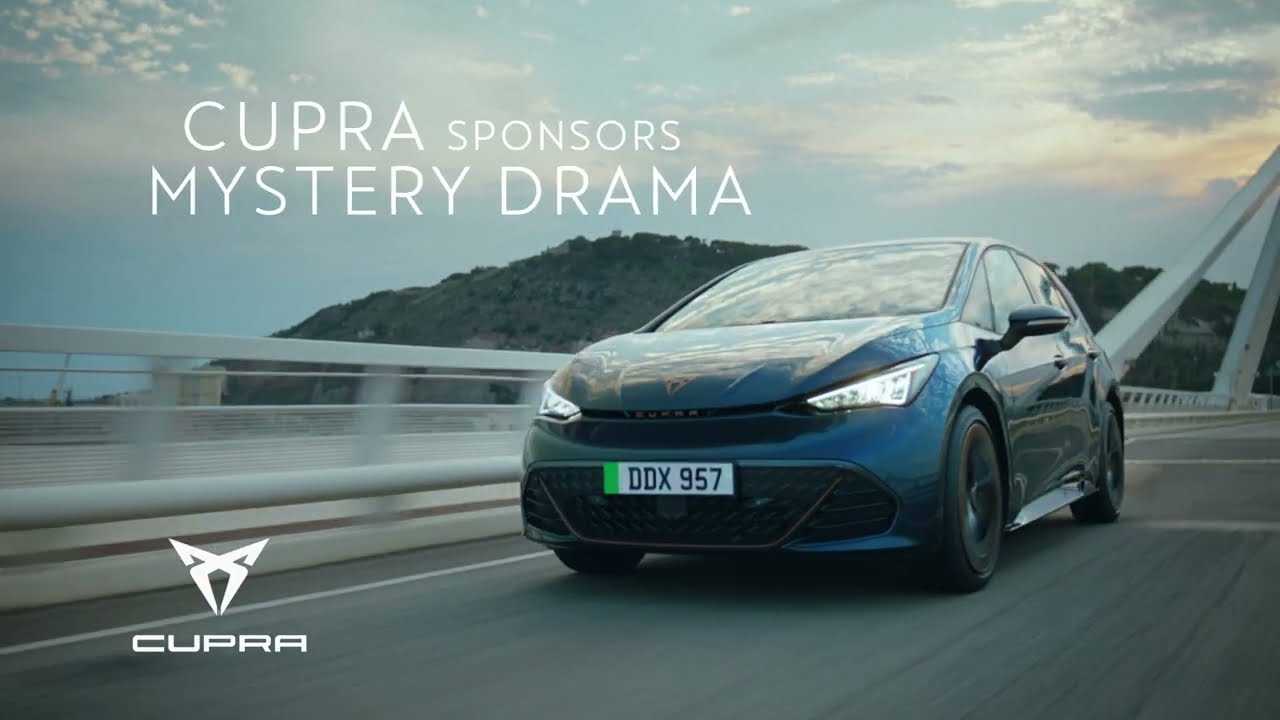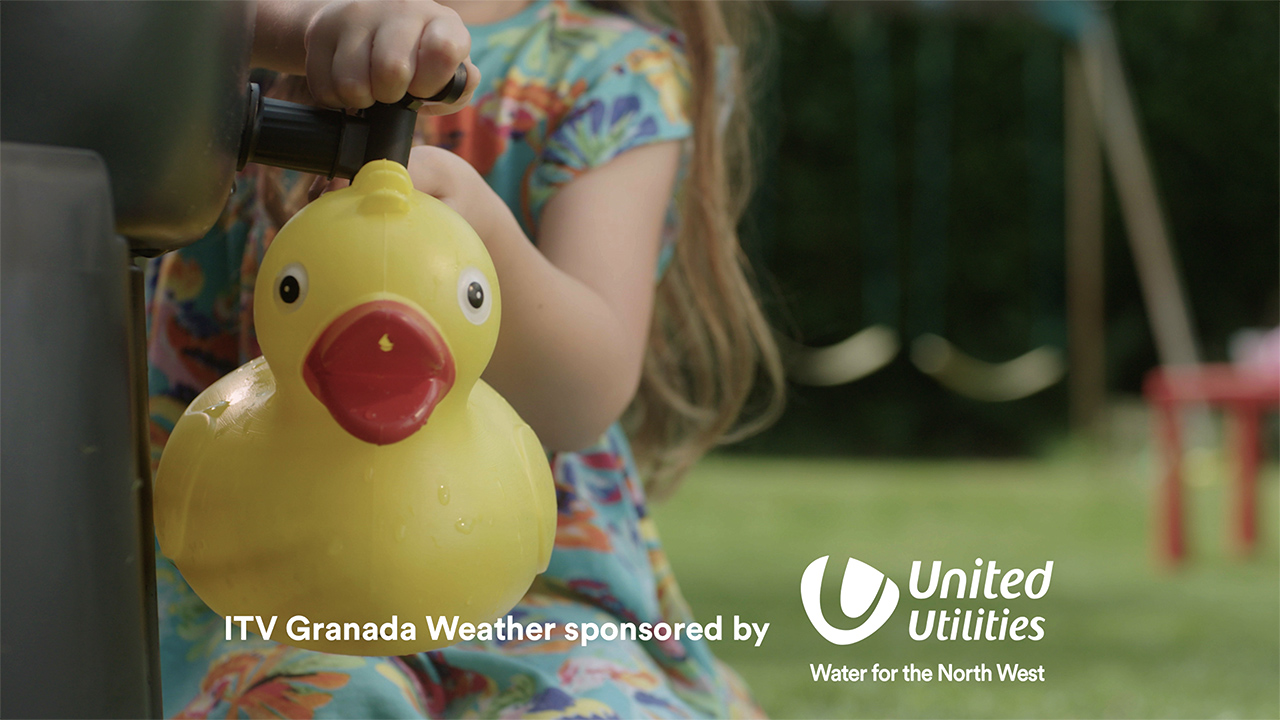"Colourtext always take a fresh approach to discovering hidden patterns in data. Whether you want to conduct segmentation or mine your CRM for deep insights, they will help you see your customers , and what they are seeing , in new ways."

Sponsorship 3D is a landmark media research study for ITV conducted by Colourtext that's discovered new insights into the effectiveness of TV Sponsorship
TL:DR - ITV, the UK’s leading commercial TV company, has been at the forefront of research into the impact of TV sponsorship campaigns. Sponsorship 3D, the 2022 media research meta-analysis conducted by ITV in partnership with Colourtext, set out to discover new insights into the effectiveness of ITV Sponsorships, including the campaign strategy and creative attributes critical to success.
Introduction
In 2018 ITV, the UK's leading commercial TV broadcaster, launched a media research project called 'Sponsorship 982' that showcased the power of ITV Sponsorships to drive significant uplifts in audience reach, brand consideration and category share of voice.
In 2022 ITV embarked on a follow-up initiative called 'Sponsorship 3D' that aimed to build upon the findings of the 2018 study and extend our understanding of the effectiveness of ITV sponsorship campaigns. Partnering with Colourtext, the widely respected experts in advertising research and media data analysis, ITV's 'Sponsorship 3D' media research project has uncovered valuable new insights about the factors that underpin successful ITV sponsorship campaigns. This includes three, previously opaque, dimensions critical to the success of TV sponsorships - Brand Fit, Brand Likeability, and New Brand News.
Sponsorship 3D represents an extensive meta-analysis of 11 years of ITV sponsorship research studies that spanned 477 individual campaign effectiveness studies and 200,000 consumer research interviews. This ground-breaking study has revealed new knowledge that is actively shaping the future of ITV sponsorship strategies for brands across a wide range of product categories.

Methodology
The methodology for this study was rigorous and comprehensive, drawing upon a vast dataset (collected by research agency Savanta) and utilising advanced statistical techniques such as data segmentation and regression analysis. The research process required several steps to ensure accuracy, reliability, and actionable insights that brand marketers can trust:

Key Findings
The statistical analysis conducted by Colourtext uncovered three, previously opaque, dimensions critical to the success of ITV sponsorships:
To appreciate the importance of these dimensions it's useful to consider the importance of Brand Consideration, a vital factor in driving base sales growth. Thinkbox's 2018 report 'Profit Ability', produced in partnership with Gain Theory, emphasised the close link between brand consideration and base sales growth. The closer a brand is to a consumer's consideration set, the higher the likelihood of it being chosen for a purchase.
Colourtext's analysis revealed that ITV Sponsorships drive significant uplifts in brand consideration. Non-viewers exhibited an average brand consideration rate of 48%, while viewers showed a notable uplift to 55%, representing a 15% uplift-rate. These findings reiterate the effectiveness of ITV sponsorships in capturing viewers' attention and positioning brands within their consideration set.
Further regression analysis highlighted a strong correlation between Brand Consideration and Purchase Intent, with movements in consideration scores explaining 50% of the variance in purchase intent (R^2 value of 0.5). For every 1% increase in brand consideration, ITV Sponsorship brands could expect a 0.5% to 0.8% uplift in purchase intent. These findings emphasise the direct impact of brand consideration on consumer choice and the effectiveness of ITV sponsorships in driving purchase intent. Let's look in detail at the 3 key dimensions of ITV sponsorship that drive significant uplifts in brand consideration.

Dimension 1: Brand Fit
Sponsorships seek to establish a strategic alignment between a TV show and an advertiser’s brand. When successful, such alignments achieve a degree of brand fit, or congruence, that is both close and appropriate. Sponsorships with good ‘brand fit’ feel natural and obvious to viewers. This serves to establish a brand in the viewer’s memory and confirm what they already know and like about a brand.
Our regression analysis indicated a significant relationship between uplifts in brand fit and brand consideration, accounting for 60% of the variance in the uplift rate. For every 1% point increase in brand fit, a 1.6% to 4% uplift in brand consideration was observed. The study identified five key creative attributes that influence brand fit in sponsorship campaigns:

Dimension 2: Brand Likeability
Focusing on Likeability is a good creative strategy for any sponsorship campaign. Brands that sponsor a viewer's favourite programme benefit from positive emotional associations generated by the programme being transferred or passed onto the sponsor brand via association. Numerous studies have found that likeability is a strong predictor of positive business outcomes. It was great to see firm evidence emerge from the Sponsorship 3D that ITV Sponsorship campaigns drive significant uplifts in this crucial metric.
Our regression analysis found that ITV Sponsorship campaigns that generate uplifts in Brand Likeability subsequently lead to growth in Brand Consideration. The modelling demonstrated that 60% of variance in Brand Consideration can be explained by movements in Brand Likeability - this translated into a 1.1% to 1.5% uplift in Brand Consideration for each 1% point rise in Brand Likeability. The study found that Brand Likeability is influenced by 6 key creative sponsorship campaign attributes:

Dimension 3: The significance of New Brand News
Colourtext’s analysis and regression modelling found that uplifts in New Brand News delivered by ITV sponsorship campaigns led to significant uplifts in Brand Curiosity. This suggests new brand innovations and variants increase brand saliency by presenting an opportunity to say ‘hi’ again and compound or extend existing brand memory structures.
A high new-news score for an ITV sponsorship campaign was found to have a strong relationship with increased levels of brand curiosity. Our regression analysis shows that movement in the 'Told me something new' metric accounted for 80% of variance in levels of viewer willingness to find out more about a brand. For each 1%-point increase in the 'New Brand News' score we saw a 0.9% - 1% uplift in Brand Curiosity.
However, the analysis revealed a subtle caveat to this finding. The impact of 'New Brand News' needs to be underpinned by consistent brand creative elements. We found that sponsorships rated highly for delivering new news also exhibited strong scores for reflecting familiar creative branding elements and brand tropes. How do we explain this?
This finding suggests that reinforcement of established brand memory structures by a sponsorship campaign appears to provide not only a fresh reminder of brand salience and association but also a comparative context for the delivery of new brand information. This strongly echoes the 'mental availability' findings from scientific research undertaken by Byron Sharp et al, where effective advertising is found to remind people about a brand's existence and consolidate existing brand memory structures.

Conclusions
Sponsorship 3D is a landmark media research project for three reasons. Firstly, the project demonstrates excellence and innovation in complex data aggregation and the application of advanced statistical analysis techniques. The extensive scope of the study, encompassing 11 years of sponsorship research, 477 individual campaign effectiveness studies and 200,000 consumer research interviews, is unique in its scale. Sponsorship 3D provides a deep, rigorous and holistic view of ITV Sponsorship campaigns and their impact on brand consideration and purchase intent.
Secondly, the study advances our collective understanding of the role played by ITV Sponsorships and their contribution to brand growth, particularly as an effective medium for reaching target audiences and driving positive outcomes. By uncovering both the brand attribute and creative dimensions critical to sponsorship success, the research offers new insights into how brands can optimise sponsorship campaigns and maximise ROI.
Finally, Sponsorship 3D is already influencing sponsorship strategies and enhancing the effectiveness of campaigns. The findings have been presented to 40+ media and ad agencies to date, and have helped to drive and maintain sponsorship revenues at ITV in 2023. The insights are actionable, repeatable, and have the power to drive real brand growth. As a final word, here's what Bruce McGowan, Head of Content Partnerships at Publicis Media Content, had to say:
"Sponsorship 3D combines innovative techniques, using a robust methodology to prove the value of ITV Sponsorships in enhancing creative and brand measures. The study provides compelling evidence for the effectiveness of ITV Sponsorships as well as unearthing insight around how and why they work for advertisers."